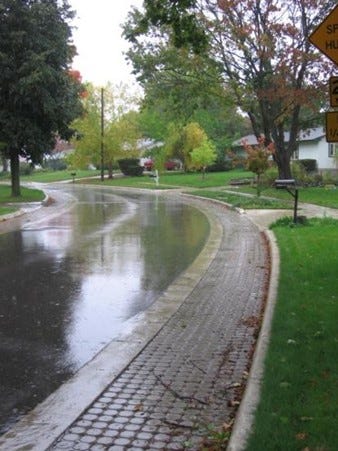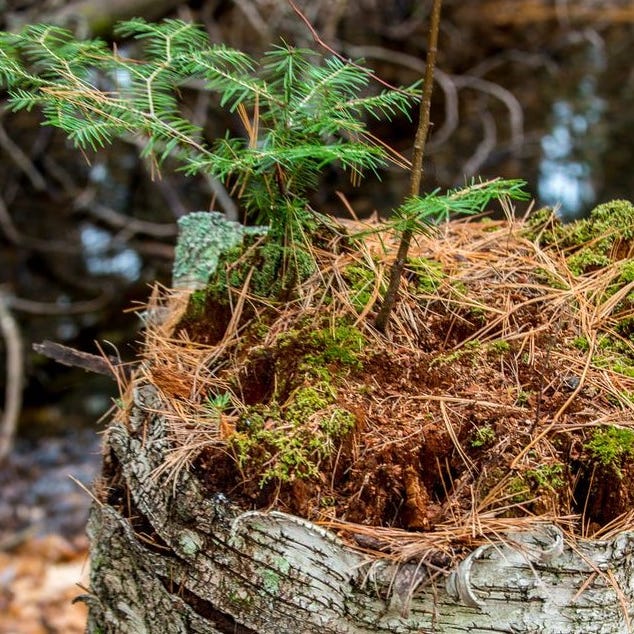The Compromises of Green Infrastructure
Recognizing a gap between the promise and the reality of low impact development has helped drive my obssessions with ecohydrolgy and the 'rooting zone' of plants
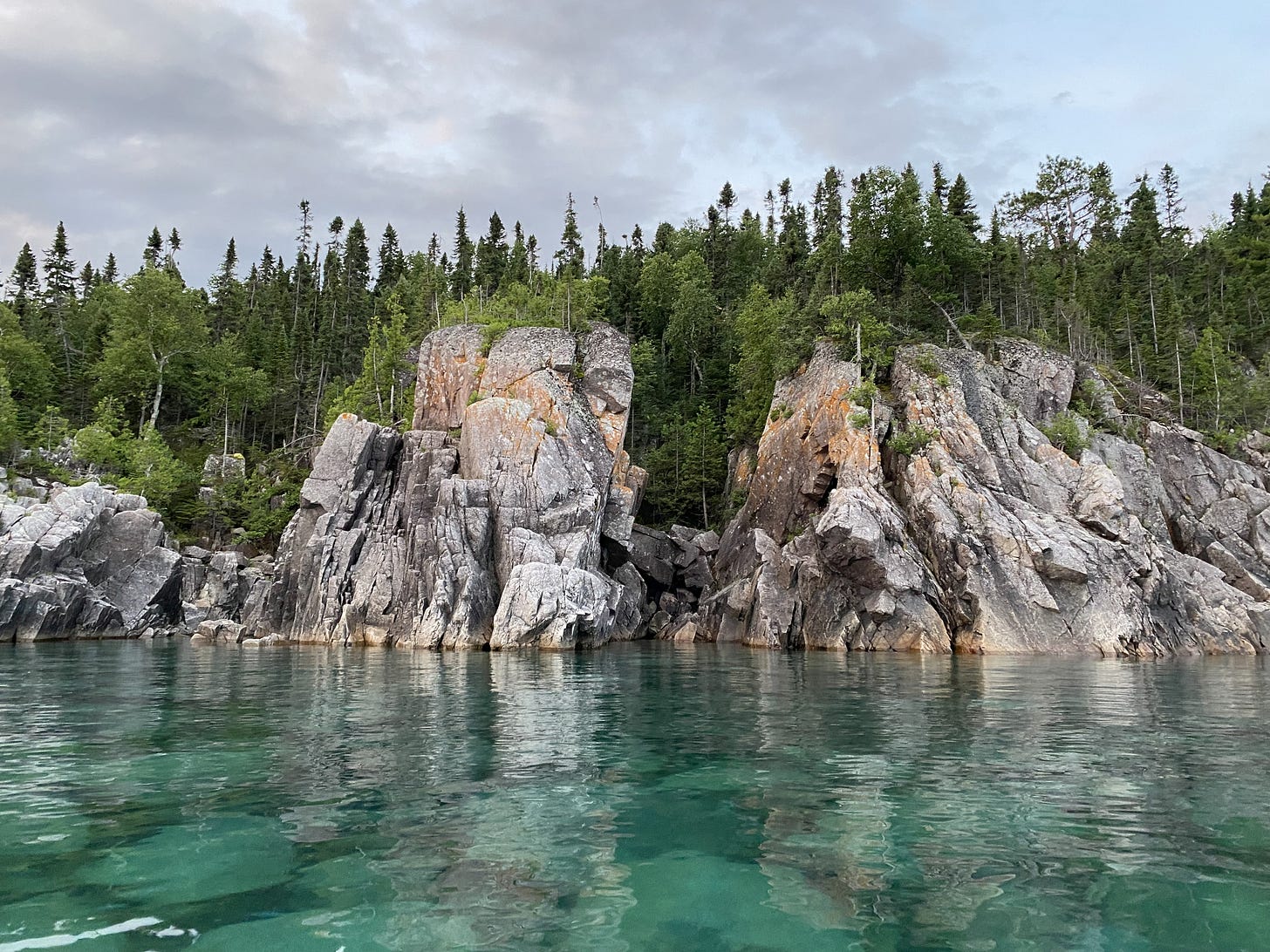
Welcome! I appreciate you taking the time to check out my Substack. I am a consulting ecological engineer and hydrologist living in Ann Arbor, Michign. I have spent most of my working life on hydrologic and hydraulic studies that contribute to on-the-ground landscape restoration from the site scale to the watershed scale.
My job can mostly be boiled down to water accounting - measuring how high the water is and prognosticating on how high it will go and for how long. My projects have included wetland and river restoration, dam removals and Great Lakes shoreline habitat restoration. For more than 20-years I have also designed and help implement green stormwater infrastructure (GSI), like bioretention basins (Figure 1), rain gardens (Figure 2), turf to prairie conversions (Figure 3) and permeable pavements (Figure 4).
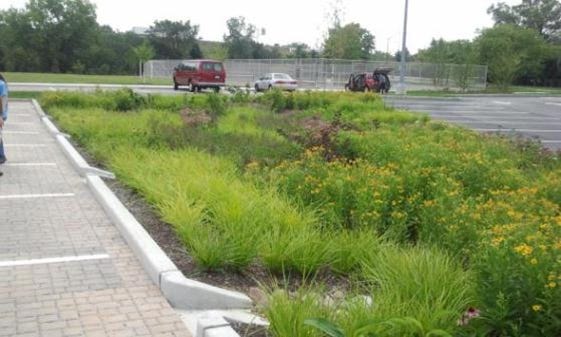
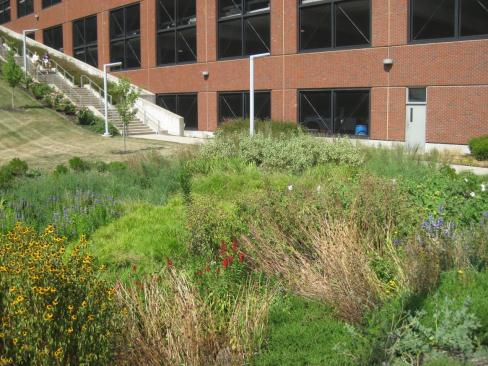
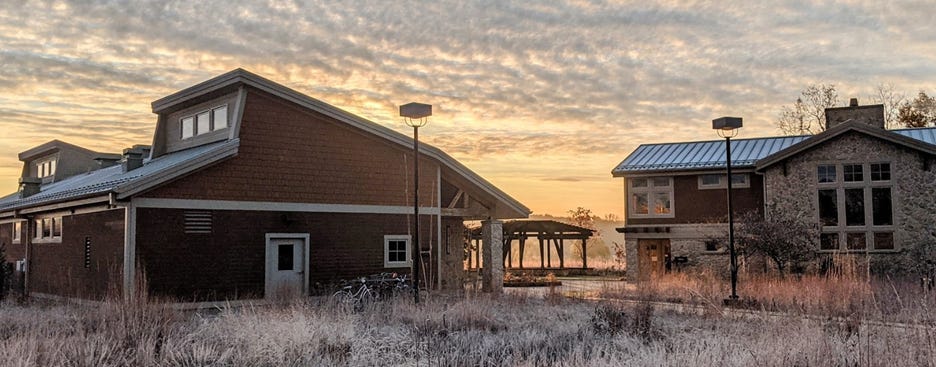
My career began in the mid-1990s just before the rollout of Low Impact Development (LID) design strategies in Prince George’s County, Maryland. LID is an attempt to mitigate the impacts of stormwater runoff from hardscape (among other kinds of impacts) by imitating how natural systems organize themselves to manage water.
For me and I think much of the design community that supports land development, the promise of LID was exciting and the concepts themselves felt intuitive and right. I was grateful for a new way to think about developing land. However, my 25-years of experience in this field since has left the impression for me that the promise of LID has only fitfully been realized. In fact, I would go so far as to say the professional community that designs and promotes LID in the US – now mostly referred to as GI or nature-based infrastructure (NBI) – is still undercutting its real promise.
Part of that undercutting is the compromise made generally to the larger, socio-economic system that values the accumulation of capital and private property over a system that prioritizes equity. The other part, the one we are mostly oblivious to, is understanding that we are related to, are kin to, plants. Plants do not typically register with people as co-equals. I’d say we’re not even on their level. They are the biosphere creators and we are the exploiters.
My aim here is to talk about green/nature-based infrastructure in a manner atypical for an engineer and most peer-reviewed research. I want to talk about life with my head and my heart.
What do I mean by life? Life is the irrepressible urge to grow, propagate and grow again; to structure the world; to fight entropy, to matter. When you cut down past the smallest particle, one finds it is life that knits everything together.
I cannot explain life. I have no real idea what it is. But that does not mean I am going to stop trying to understand it. My aim here is to describe and interpret what I have collected in the way of stories, ancient and modern that shed some light on how life is exemplified in and by plants. These descriptions and stories will start in the rooting zone, but will grow to encompass the entire living planet.
So when I say plants are our kin, I mean they are both early manifestations of the life that came before us and they continuously and substantially contribute to the conditions sufficient for the rest of life on this planet. Plants build earth and sky as part of managing the energy, carbon and water balances at the terrestrial surface. They are essential to “running this planet” in a way we have not proven ourselves to be.




